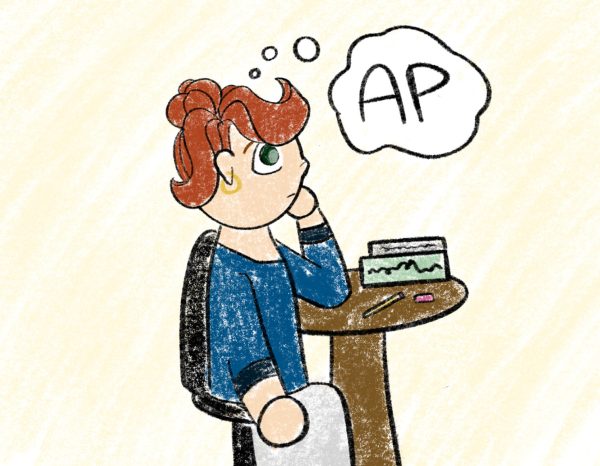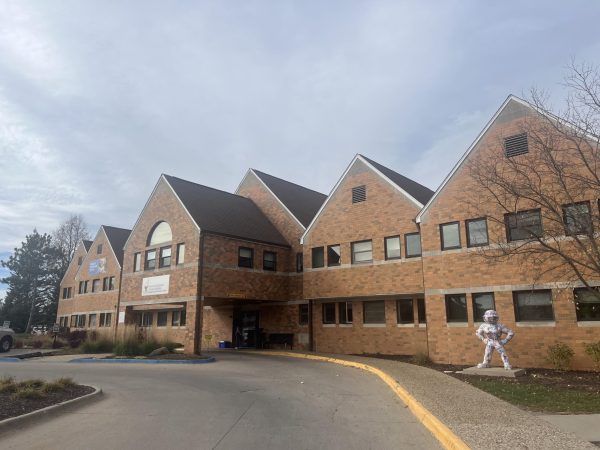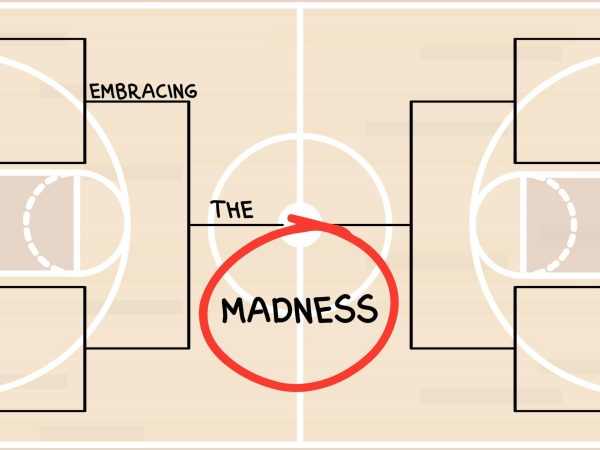What’s the 504?
Section 504 protect people with a mental or physical disability from discrimination based on that disability. -West High School planner, pg. 42
Unless you’ve read your planner cover to cover, this is probably new information to you. It may seem like common sense, prohibiting discrimination based on a disability, but this doesn’t apply to just visible disabilities. 504 plans are designed to help out students with learning disabilities, such as depression, anxiety or OCD.
“504 Plans are designed to help accommodate students with certain health conditions complete their academic life as normally as possible,” said Maggie Dahlstrom ’17.
This is a broad definition and not everyone qualifies for a plan. 504 plans don’t have anything to do with intellectual disabilities, which limit capacity to learn and generally are associated with lowered IQ. 504 plans are for students with learning disabilities like ADHD or OCD.
“Students who have a mental or physical impairment that limits their ability to be on a level playing field with their peers (i.e. a student with a severe anxiety disorder or a student who has an Obsessive Compulsive Disorder) [qualify for a plan],” said Amy Kanellis, guidance counselor.
(percentages don’t add up to 100 because people could select more than one assumption)
A 504 plan includes specific accommodations to help a student out in the classroom and give them a better learning experience .
“If a student suffers from depression or anxiety they may benefit from having additional time when taking tests; if a student has difficulty writing due to a physical disability they might benefit from being able to use a computer when taking essay tests; a student with ADHD might benefit from receiving skeleton copies of notes from lectures so that focusing on the lecture would be easier,” Kanellis said.
Each plan is unique to the student and requires parents, counselors and doctors. The goal is to even the playing field and help students who might be struggling.
(one person represents 33% of people diagnosed on LD, one person represents 10% on Population)
“The school works with the student, student’s family, and student’s doctor to create the best school environment possible,” Dahlstrom said. A plan is formed through several months of evaluations and meetings. The process goes through the guidance office. This is how it might work:
“Typically the parents or guardians of a student and the student meet with the person in the school who oversees the 504 Plans (in our building it would be Molly Abraham) and the school counselor to share their need for a plan for their student,” Kanellis said. “Typically the student has been diagnosed with a disability after being evaluated by a psychologist or a medical doctor. If it is determined that the student would benefit from having accommodations a plan is designed.”
(percentages don’t add up to 100 because people have multiple misconceptions)
The plan can include accommodations such as extra time on tests, outlines of notes, permission to use computer during class, quiet testing environment, ability to complete assignments verbally or more time, and many more caveats decided by the team. All teachers are required to follow these accommodations and it has been around by the law.
“504 Plans are the result of Section 504 of the Rehabilitation Act of 1973. Section 504 is defined by the National Center for Learning Disabilities as a law which protects the rights of individuals with disabilities in any agency, school or institution receiving federal funds to provide persons with disabilities to the greatest extent possible, an opportunity to fully participate with their peers.” Kanellis said.
If you are struggling because of a diagnosed mental or physical disability, inducing depression, anxiety, OCD, ADHD, and it impacts your performance, then you may consider a 504 plan.
“I believe it is very important for students and their families to take advantage of the 504 Plan if needed and be an advocate for themselves or for their children,” Dahlstrom said.
Information from the National Center for Learning Disabilities.
Your donation will support the student journalists of West High School. Your contribution will allow us to purchase Scholarship Yearbooks, newsroom equipment and cover our annual website hosting costs.

Maggie Terry is a reporter. This is her 3rd year on staff and she loves news and writing. She is excited to be part of the first ever digital section...

Simran is a senior and this is her third year on staff. In her free time she enjoys trying various pomegranate-flavored items. Her current favorite is...














George Liu • Feb 27, 2017 at 10:16 pm
The infograms make me super confused. Can you explain why you went above 100% for both of your percentage charts? Also, how many people does one person represent on the middle infogram? Updating these features will make the article much more clear to the reader.